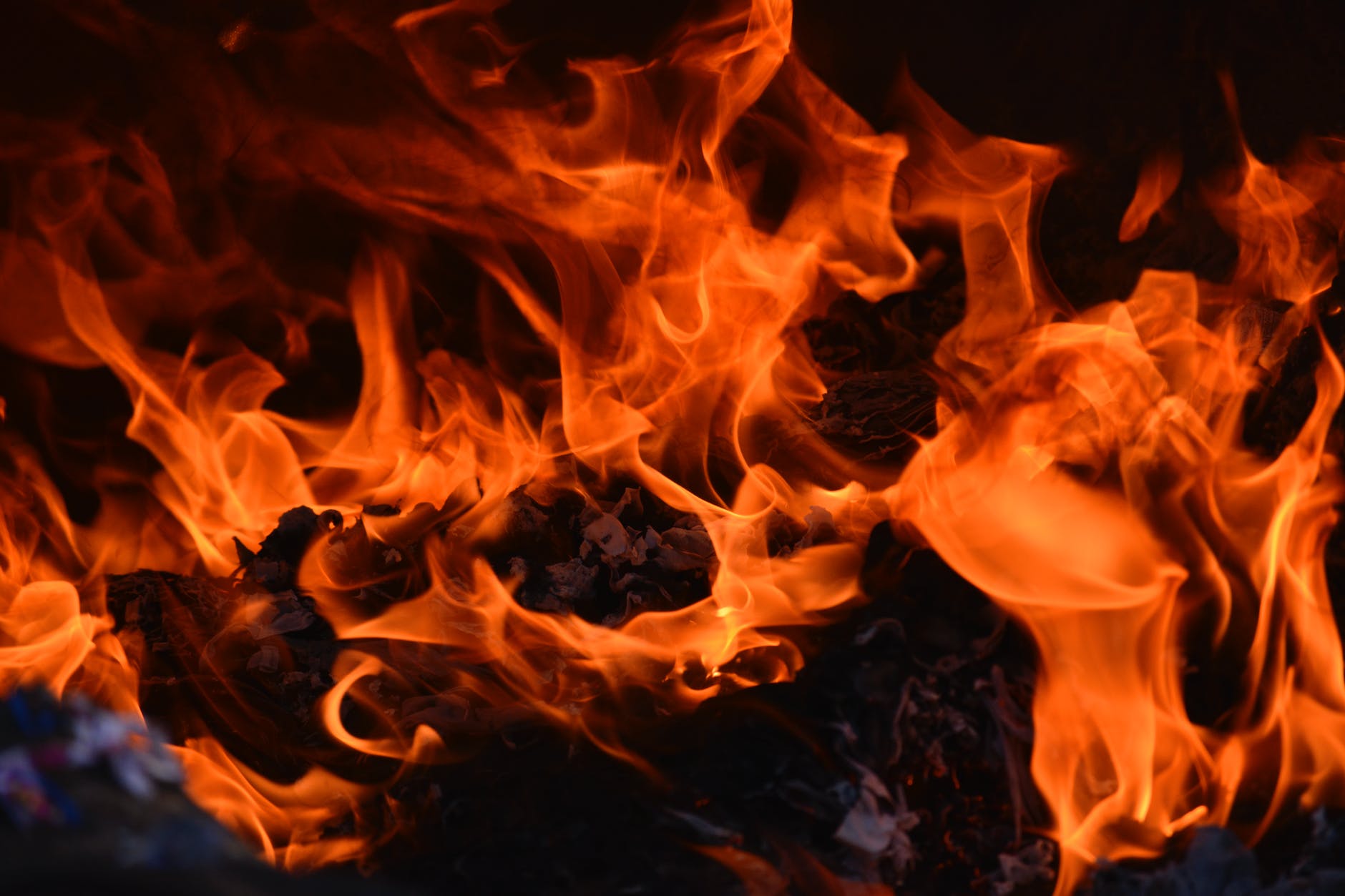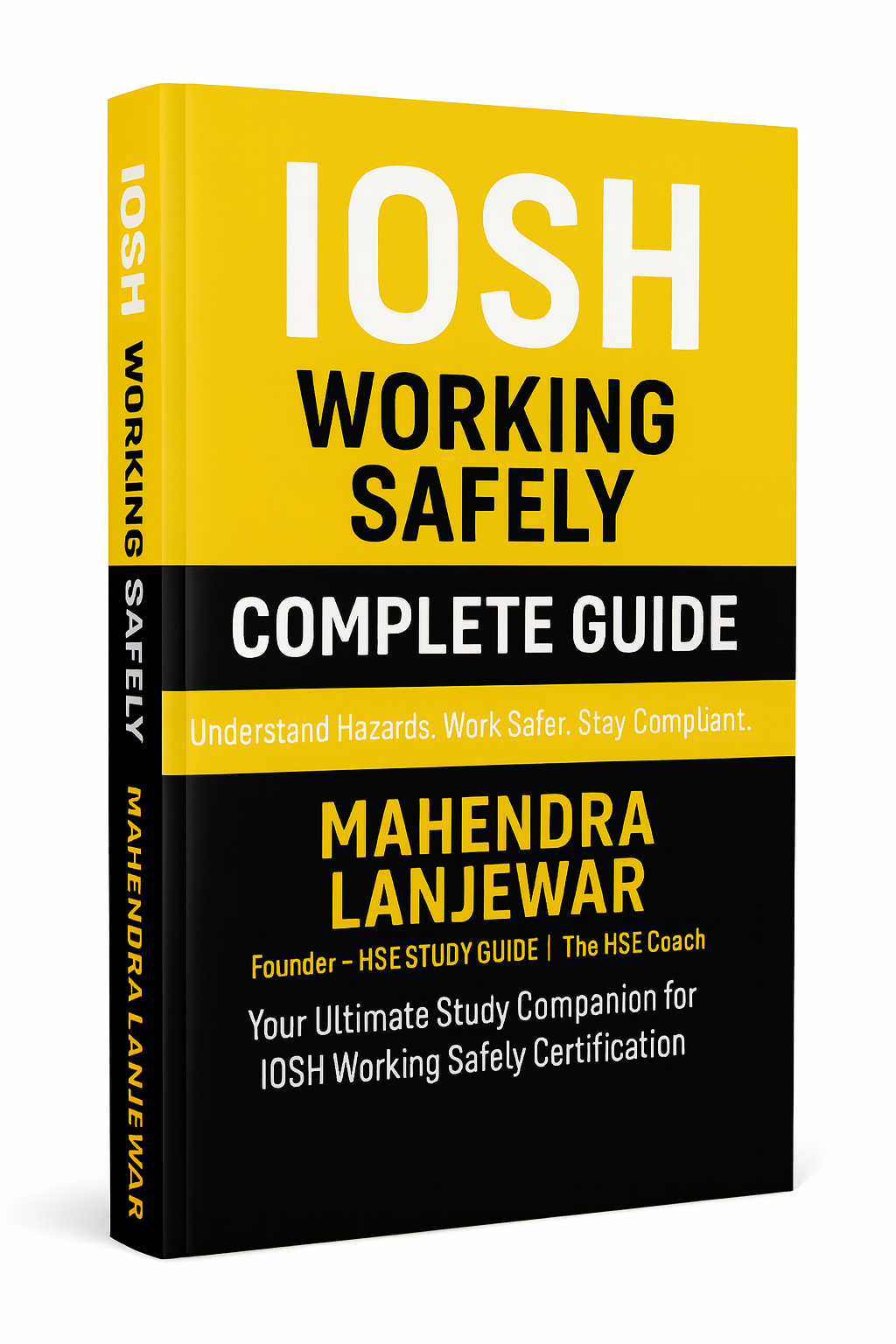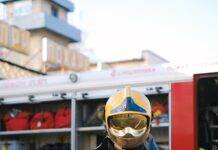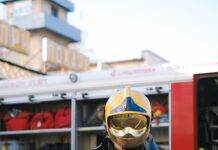
Types of Fire: Understanding the Different Classes of Fire and How to Extinguish Them
Introduction
Fire is a powerful force of nature that can cause devastating damage if not handled properly. Understanding the different types of fire is crucial for effective firefighting and fire prevention strategies. In this article, we will explore the various classes of fire and the appropriate methods to extinguish each type. Whether you’re at home, in the workplace, or outdoors, knowing how to respond to different fire emergencies can make a significant difference in protecting lives and property.
What is Fire?
Fire is the rapid oxidation of a material in the exothermic chemical process of combustion. It releases heat, light, and various reaction products, such as smoke and gases. The fire tetrahedron, which consists of fuel, heat, oxygen, and a chemical chain reaction, is the basis of fire formation and propagation.
The Different Classes of Fire/Types of Fire
Class A: Ordinary Combustibles
Class A fires involve common combustible materials like wood, paper, cloth, plastics, and rubber. They are the most common type of fire and can be easily extinguished with water or monoammonium phosphate fire extinguishers.
Class B: Flammable Liquids and Gases
Class B fires are fueled by flammable liquids such as gasoline, oil, grease, and flammable gases like propane and butane. These fires can spread rapidly and should be extinguished using foam, carbon dioxide, or dry chemical extinguishers.
Class C: Electrical Fires
Class C fires are caused by electrical equipment or wiring. It’s crucial not to use water to extinguish these fires as it conducts electricity. Instead, use a non-conductive extinguisher such as carbon dioxide.
Class D: Combustible Metals
Class D fires involve combustible metals like magnesium, titanium, and potassium. These fires require specialized dry powder extinguishing agents designed for metal fires.
Class K: Kitchen Fires
Class K fires occur in kitchens and are fueled by cooking oils and fats. Extinguishing these fires requires wet chemical extinguishers that react with the fats to create a soap-like substance.
Understanding Fire Extinguishers
Fire extinguishers are essential tools for combating small fires before they escalate. Different types of fire extinguishers are designed to handle specific classes of fires.
Water Extinguishers
Water extinguishers are suitable for Class A fires, where the cooling effect of water helps to reduce the temperature of burning materials.
Foam Extinguishers
Foam extinguishers are effective for Class A and Class B fires. The foam forms a blanket over the fire, smothering it and preventing re-ignition.
CO2 Extinguishers
CO2 extinguishers work for Class B and Class C fires. The carbon dioxide displaces oxygen, suffocating the fire.
Dry Chemical Extinguishers
Dry chemical extinguishers are versatile and can be used on Class A, Class B, and Class C fires. They work by interrupting the chemical reaction of the fire.
Wet Chemical Extinguishers
Wet chemical extinguishers are specifically designed for Class K fires in commercial kitchens. They cool the hot oils and react with them to prevent re-ignition.
General Tips for Fire Safety
Creating an Escape Plan
Always have a well-thought-out escape plan in place in case of a fire emergency. Practice the escape route with all members of the household or workplace regularly.
Smoke Detectors and Fire Alarms
Install smoke detectors and fire alarms throughout your home or workplace. Regularly test and maintain them to ensure they are functioning correctly.
Fire Safety Training
Undergo fire safety training to understand how to use fire extinguishers correctly and respond to fire emergencies confidently.
Proper Storage of Flammable Materials
Store flammable materials in designated areas away from potential ignition sources.
Regular Maintenance of Fire Safety Equipment
Inspect and maintain fire extinguishers, smoke detectors, and fire suppression systems regularly.
Dealing with Different Fire Scenarios
Home Fires
In the event of a home fire, prioritize the safety of all occupants. Follow the escape plan and call emergency services immediately.
Workplace Fires
In the workplace, activate the fire alarm, evacuate the building, and follow established protocols.
Outdoor Fires
When dealing with outdoor fires, exercise caution and follow local regulations. Never leave fires unattended and ensure they are fully extinguished before leaving.
Conclusion
Understanding the different types of fire and their appropriate extinguishing methods is crucial for personal and public safety. By being prepared and knowledgeable, we can effectively protect ourselves and our communities from the destructive force of fires. Remember to prioritize safety, have the right fire safety equipment on hand, and seek professional training if needed.
FAQs (Frequently Asked Questions)
- What should I do if my clothes catch fire?
- Stop, drop to the ground, and roll to smother the flames.
- Can I use water to extinguish an electrical fire?
- No, water conducts electricity and can lead to electrocution. Use a non-conductive extinguisher.
- Are all fire extinguishers suitable for all types of fires?
- No, fire extinguishers are designed for specific classes of fires. Using the wrong type of extinguisher can be dangerous.
- What should I do if a fire is blocking my escape route?
- Stay in the room, close the door, and use towels or clothing to block smoke from entering. Signal for help from the window.
- How often should I replace my fire extinguisher?
- Fire extinguishers should be replaced every 5 to 15 years, depending on the type and manufacturer’s recommendations.





















